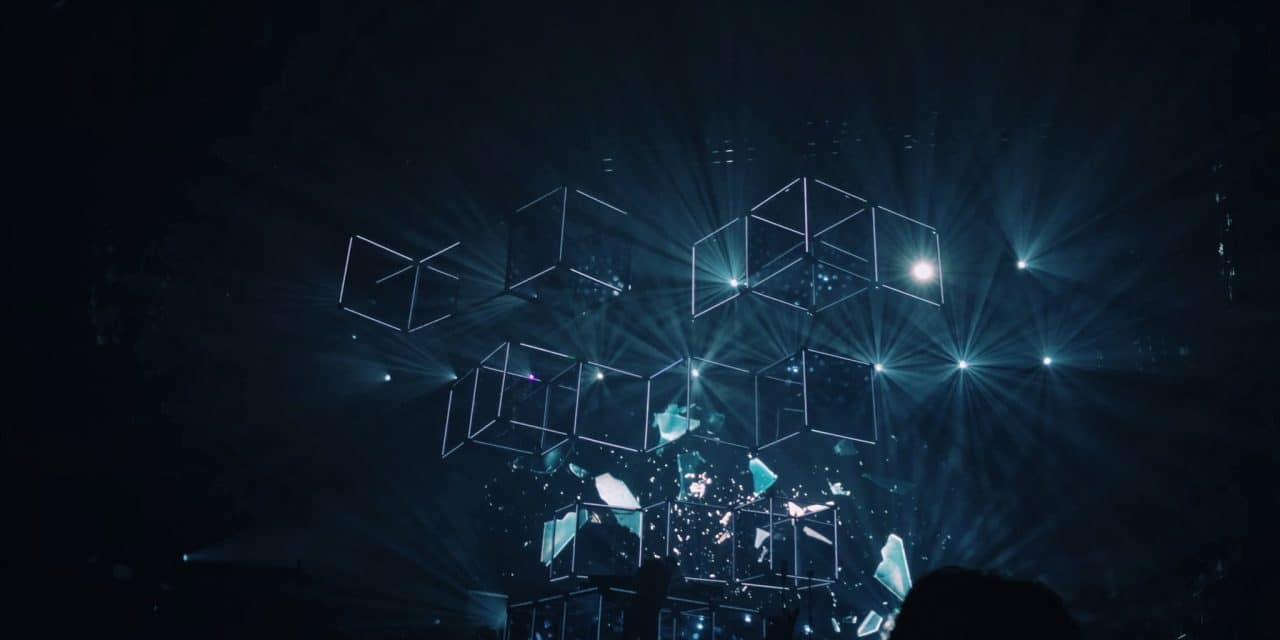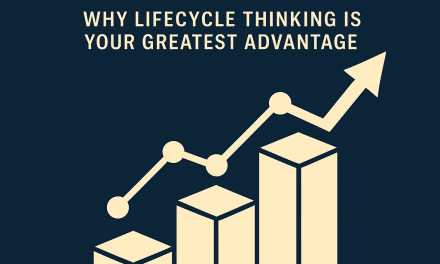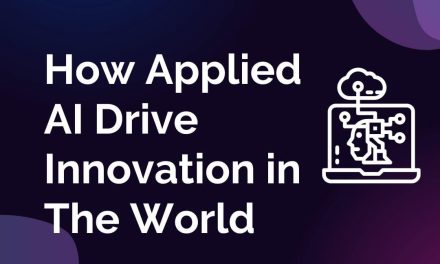Introduction
Are you ready to dive into the incredible world of chatbots? If you’re a fan of AI technology, then you won’t want to miss this. We’ll be exploring the history of chat GPT, from its humble beginnings to its current state as a revolutionary tool for writers, designers, and more. But that’s not all — we’ll also preview the highly anticipated successor to chat GPT, the even more advanced gpt4. Trust us, and you won’t want to miss out on the exciting developments in the world of chatbots. So buckle up and get ready to learn about chat GPT and the future of AI technology.
The History of Chat GPT
The journey to creating the incredible chat GPT has been a long and exciting one. It all began in 2018 with the release of GPT (Generative Pre-trained Transformer) by researchers at OpenAI. At the time, GPT was superior to other existing language models for tasks such as common sense reasoning and reading comprehension. It was able to understand sentences better and reason through ideas more effectively. For example, if the AI were told that you misplaced your phone, it would understand that you would likely go searching for it.
Just eight months later, OpenAI released an even larger version of GPT called GPT-2. This version was trained on over ten times the amount of data and had the ability to generate text that seemed more natural. This was the moment when people truly began to understand the power of the GPT series. GPT-2 could adapt to any given command without needing specific training, earning it the nickname “Chameleon-like” from OpenAI.
The model was so powerful that the AI community was eager to get their hands on it. However, OpenAI decided to first release a smaller, less powerful version of the model as part of their release plan outlined in their charter, which outlines the principles for ensuring AI is aligned with human goals. There has been much discussion about the potential for AGI (Artificial General Intelligence) to emerge in the near future, and OpenAI claims to be working on it. AGI is the theory that AI will eventually reach human-level abilities and potentially even surpass us. OpenAI is concerned that things could quickly spiral out of control if we don’t carefully monitor AI and, eventually, AGI.
The release of GPT-2 sparked a lot of excitement within the AI community. Its ability to adapt to any command without specific training made it stand out among other language models. However, the model’s power also raised concerns about its potential for misuse. To ensure that GPT-2 was used for the benefit of humanity, OpenAI decided to release a smaller, less powerful version of the model and gradually track how it was being used. The company also began restructuring as a for-profit company and limiting full access to its biggest models.
In June 2020, OpenAI released the highly anticipated GPT-3. With 175 billion parameters, it was bigger, smarter, and more interactive than its predecessors. While GPT had 117 million parameters and GPT-2 had 1.5 billion, GPT-3 was in a league of its own. Parameters are features that a language model uses to understand different language components and how words relate to each other. The more features a model has, the more it can learn about a system. However, too many features can start to affect the model negatively, so it’s important to strike a balance.
OpenAI was cautious about the potential for wrongful use of GPT-3 and initially kept its access private. Eventually, the company made it available through an API interface, allowing developers to access the model and build their AI applications. GPT-3 quickly gained popularity and was used to generate content for blogs, social media posts, and even entire websites. Its ability to perform tasks like translation and summarization made it a valuable tool for businesses and individuals alike.
Despite its impressive capabilities, GPT-3 had its limitations. It struggled with common sense reasoning and could sometimes generate biased or offensive content. These issues were a reminder of the importance of responsible AI development and the need for ongoing research and development.
As the AI landscape continues to evolve, it will be interesting to see what the future holds for the GPT series and other language models. The potential for AGI and its ethical considerations will likely remain a topic of discussion for years to come. One thing is certain: the journey to building incredible chatbots like GPT-3 is far from over, and the road ahead will surely be filled with exciting developments and challenges.
The Future of GPT and GPT-4
The future of chat GPT and its successor, GPT-4, is bright. As AI technology advances and improves, chatbots will only become more sophisticated and able to handle a broader range of tasks. With each new iteration, the capabilities of chat GPT and GPT-4 will continue to expand, allowing them to take on an even more significant role in our daily lives.
One potential future use for chat GPT and GPT-4 is in the field of customer service. As AI technology advances, chatbots can handle a broader range of customer inquiries and provide more personalized assistance. This could significantly decrease the need for human customer service representatives, freeing up time and resources for other tasks.
Another potential application for chat GPT and GPT-4 is in the realm of content creation. AI technology is already used to generate articles, blog posts, and news stories. As chat GPT and GPT-4 become more advanced, they may be able to take on even more complex writing tasks, potentially revolutionizing the way we create and consume content.
Overall, the future of chat GPT and GPT-4 is full of possibilities. As AI technology improves, chatbots like these will likely become an integral part of our daily lives, helping us accomplish a wide range of tasks more efficiently and effectively.
Conclusion
As we have seen, the development of chat GPT and its successors has been nothing short of groundbreaking. From its humble beginnings as a language model with superior common sense reasoning and reading comprehension to its current form as a chatbot capable of generating natural language and adapting to any command, chat GPT has come a long way. And with the highly anticipated release of GPT-4, the future looks even brighter.
Chat GPT, and the GPT series as a whole have the potential to revolutionize the way we interact with AI and change the way we live and work. The possibilities are endless, and we can’t wait to see the future. It is an exciting time to be alive and to witness the advancements in artificial intelligence. As we move forward, we must continue approaching this technology cautiously and carefully, ensuring that it is aligned with human goals and used for the greater good. But most importantly, we must remain hopeful for the future and the potential that chat GPT and GPT-4 hold for humanity.











